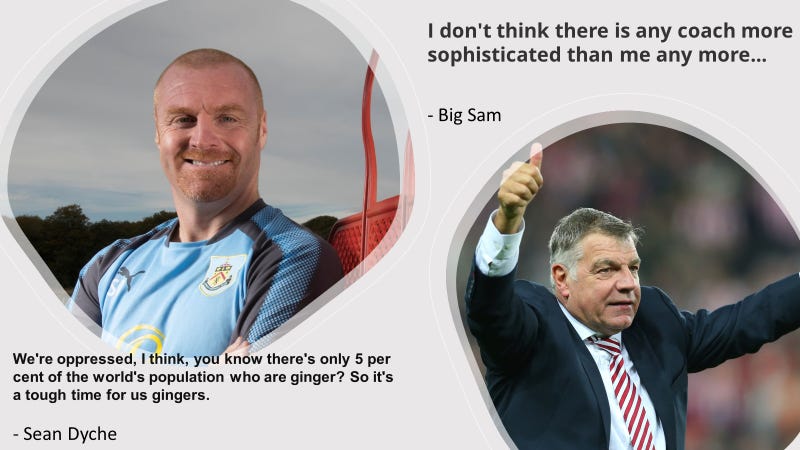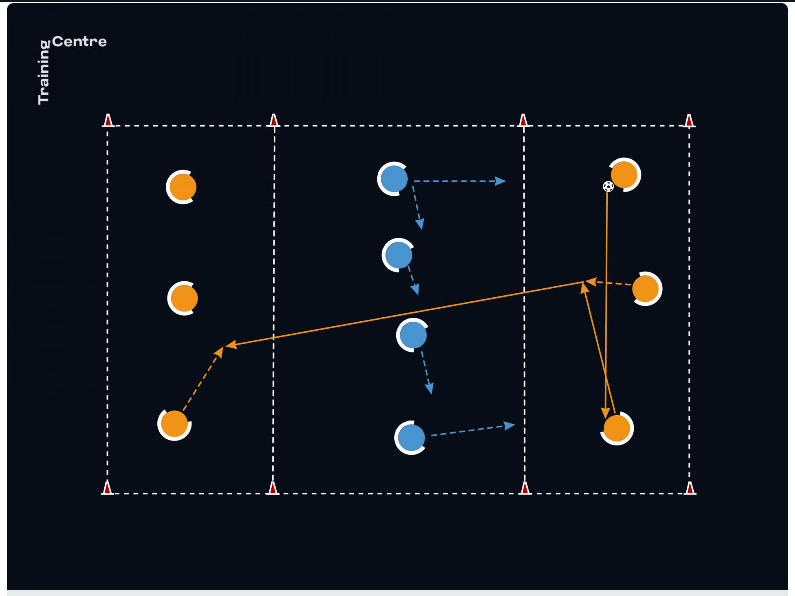Good morning! I want to talk about how I coach a high pressing team and why it’s one of my favorite things to coach!
Before we start, please like this post by clicking the heart! If you do that then Substack will show more people The Weekly Rondo!
If you haven’t already, please subscribe!
Enjoy the newsletter!
Neat Reads
Neat Reads is a segment where I share an article or podcast that interests me and relates to our weekly theme.
This is a great article from the FIFA training centre website. It talks about cues, how to train it and what a good midblock has. It even includes training exercises too.
Click here for the link to the article
What does a good midblock look like?
It’s simple but not easy. A good midblock, like most defensive set ups, are dependent on the fitness of players, game understanding and level of communication.
Without those three things, most defensive systems fall apart. The midblock is arguably harder to coach because players need to be smart enough to understand when to press and when to drop.
In an age where every team wants to press intensely from the front, there’s very little love shown to teams who refuse to do so.
A good midblock encourages the attacking team to carry the ball and take space because they think that they can defend better than the attackers can attack - it’s that simple.
Generally speaking, most attackers are pretty bad. Quality is relative but teams that set up in a solid midblock before focusing on attacking ideas are just going to be better. It’s easier to close down space and stay compact than it is to carve through a team with an exciting attack because most players are not nearly as good as you think and do not have the technical ability to play like Pep’s Manchester City.
Here’s what I encourage in training to get the result I need:
When the opponent has their heads down, press them relentlessly.
When the opponent has their heads up, drop back and mark someone.
These two cues are enough to get a competent midblock going in my experience.
Exercise of the Week
I used this exercise from the article above! Trust me when I say that no coach is orriginal in what they use. Everyone is borrowing or sharing ideas other coaches have used. Including this exercise, which I’ve also used myself too.
Here’s how FIFA wants it to be played:
“his exercise aims to introduce the first defensive principles of a mid-block, such as closing down, covering and defensive shuffling (moving across as a unit). The players are split into two teams of three (the forwards) and one team of four (the defenders), who each take up an area on the pitch. The objective for the defenders is to prevent the forwards from moving the ball between their two teams through the central zone.”
Conclusion
Thanks for reading this week! Please “like” this post by clicking the heart icon above. Substack will show this to more people if you like it, which means more paid members, which means more paid writers for this publication!
Once you’ve liked this, share this newsletter with a friend or every single person you have ever met.
See you next week!
Kindest,
Cameron






